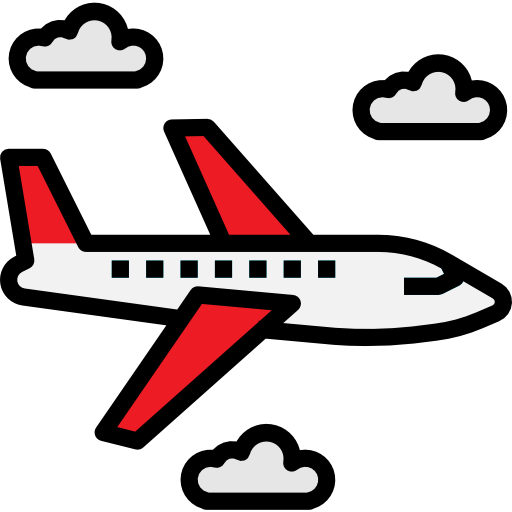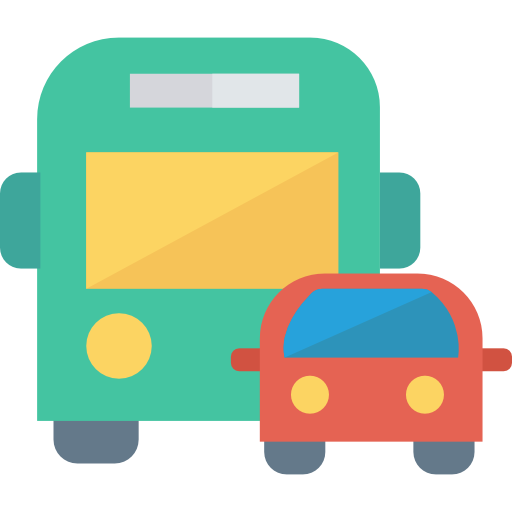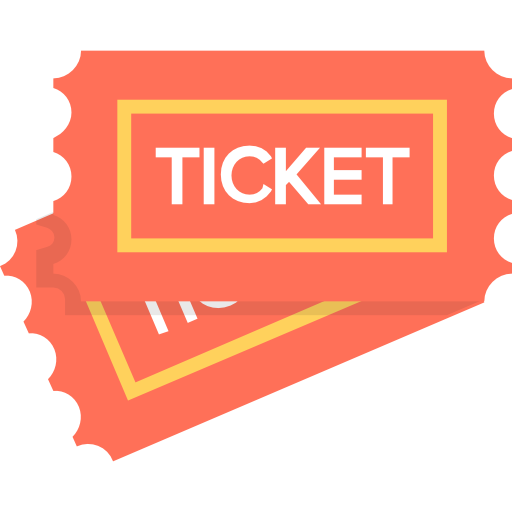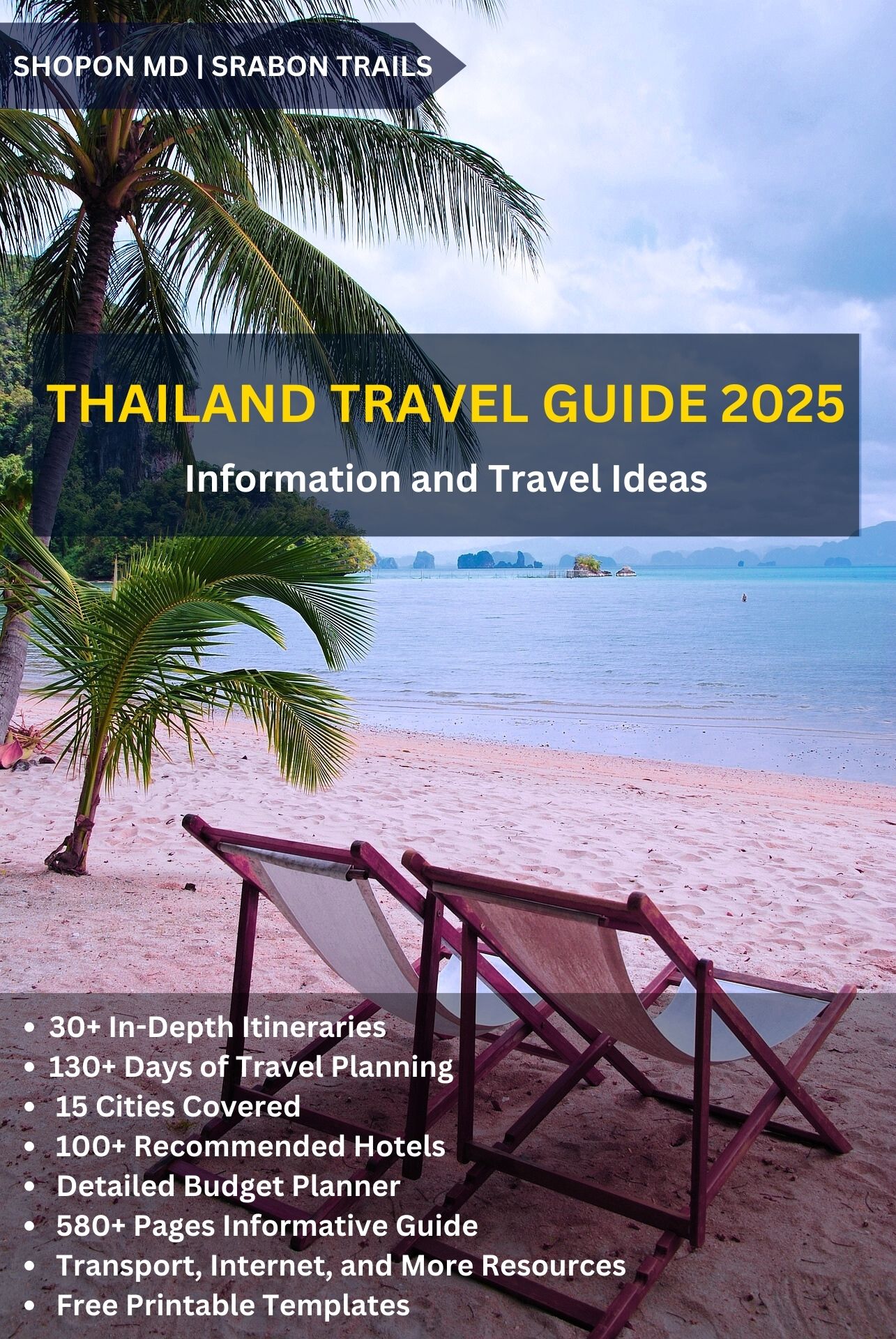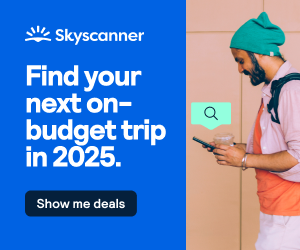How to Prepare for the U.S. B1/B2 visa interview
The U.S. B1/B2 visa is one of the most sought-after nonimmigrant visas, allowing individuals to visit the United States for business, tourism, or family visits. However, securing this visa requires successfully completing the DS-160 form and, most importantly, passing the visa interview. While the process may appear daunting, the key lies in preparation and understanding what the consular officer is looking for during the interview.
This guide provides an in-depth explanation of the U.S. B1/B2 visa interview, what it entails, types of questions you might face, and sample answers. By the end, you will have a clear roadmap to ace the interview and secure your visa.
Why the Visa Interview is Critical
Unlike many countries that rely heavily on documents to assess visa applications, the U.S. places a greater emphasis on the interview and DS-160 form. This process enables the consular officer to evaluate your intent to visit the U.S., your financial stability, and your likelihood of returning to your home country.
1. The Role of the DS-160 Form
The DS-160 form is the backbone of your application. It provides detailed information about your:
- Personal background (e.g., marital status, family details).
- Employment and financial status.
- Travel plans (purpose, duration, and funding).
- Ties to your home country.
Everything you state in the DS-160 form must be truthful and consistent, as the officer may cross-check your answers during the interview.
2. The Role of the Interview
The interview is your chance to:
- Explain your intent to visit the U.S.
- Demonstrate financial capability to support your trip.
- Prove strong ties to your home country that will ensure your return.
The decision to grant or deny the visa depends largely on your answers, demeanor, and clarity during the interview.
What is the Visa Interview All About?
The U.S. visa interview is a structured conversation between you and a consular officer. The officer’s primary goal is to verify your eligibility for the visa by evaluating three critical factors:
1. Purpose of Visit
The officer wants to ensure your purpose aligns with the B1/B2 visa category:
- B1 (Business): Attending conferences, meetings, or professional events.
- B2 (Tourism): Visiting family, sightseeing, or medical treatment.
2. Financial Stability
You must prove that you have enough funds to cover your trip and won’t rely on unauthorized work or public benefits in the U.S.
3. Intent to Return
The officer assesses whether you have strong ties to your home country, such as:
- Employment or business ownership.
- Family responsibilities.
- Property or financial investments.
Common Misconceptions About the Interview
- “I need a lot of documents.”
- Reality: The decision is based more on your answers than the documents. Supporting documents are rarely requested unless clarification is needed.
- “I should give long, detailed answers.”
- Reality: Keep your answers concise and relevant. Over-explaining can make you seem uncertain.
- “I need to have perfect English.”
- Reality: Clear communication is essential, but fluency in English is not a requirement. Interpreters may be available if needed.
How to Prepare for the Visa Interview
1. Review Your DS-160 Form
- Double-check all information you provided in the form, especially:
- Travel purpose and itinerary.
- Employment and income details.
- Family and residential information.
- Ensure consistency between your DS-160 and your answers during the interview.
2. Anticipate Common Questions
- Practice answers to common visa interview questions (examples provided below).
- Be truthful and confident in your responses.
3. Gather Required Documents
While the focus is on your interview answers, you must bring certain mandatory documents:
- Passport: Valid for at least six months beyond your intended stay.
- DS-160 Confirmation Page: A printout of the page with the barcode.
- Visa Appointment Confirmation: Proof of your interview date and time.
- Visa Fee Receipt: Evidence of fee payment.
Optional documents (only if requested):
- Bank statements.
- Employment verification letter.
- Property ownership documents.
4. Dress Professionally
- Wear formal or business attire to create a positive impression.
5. Arrive Early
- Reach the embassy or consulate at least 30 minutes before your scheduled appointment.
What Happens During the Interview?
1. Security Screening
- Leave all electronic devices (phones, smartwatches, etc.) outside or in designated lockers.
- Bring only your required documents.
2. Document Submission and Biometrics
- Submit your DS-160 confirmation, visa appointment confirmation, and passport.
- Complete fingerprint scanning as directed by the staff.
3. The Interview
- Approach the officer’s window when your token number is called.
- Answer all questions clearly and confidently.
- Provide any requested documents promptly.
Detailed Question-and-Answer Section for the U.S. B1/B2 Visa Interview
The U.S. B1/B2 visa interview is a critical step where your answers play a decisive role in determining your visa approval. It’s important to understand how to handle the questions strategically and confidently while maintaining clarity and honesty.
1. Balanced Answers
Providing balanced answers is key during the visa interview. Your responses should be neither too short nor overly detailed. Each answer should directly address the question without offering unnecessary information that could lead to additional, unrelated questions.
What is a balanced answer?
- Too short: “Yes.” or “No.” (Lacks context and invites further probing.)
- Too long: “Yes, I have traveled to multiple countries including Canada, Japan, and Australia over the last 10 years. In Canada, I stayed for three weeks, and in Japan, I attended a conference for five days. I also have plans to visit other countries in the future.” (Unfocused and overwhelming.)
- Balanced: “Yes, I have traveled internationally to Canada and Japan in the past five years for leisure trips.” (Precise and relevant.)
Tips for balanced answers:
- Focus on the specific question.
- Provide enough context to make your answer complete but avoid unrelated details.
- Stay concise and confident.
2. Similar Questions
Visa officers may ask similar questions in different ways to assess your consistency and honesty. It’s important to stay calm and provide answers that align with what you stated in your DS-160 form and earlier responses.
Why might they repeat questions?
- To see if your answers remain consistent.
- To test if you are fabricating your responses.
- To clarify or reconfirm information.
Examples of similar questions:
- Initial question: “What is the purpose of your trip to the U.S.?”
- Follow-up phrased differently: “Why do you want to visit the U.S.?”
- Your strategy: Provide the same answer without overthinking the slight variation.
- Answer: “I am traveling for tourism. I plan to visit major attractions like the Grand Canyon and Times Square.”
- Initial question: “How long will you stay in the U.S.?”
- Follow-up phrased differently: “When will you return from your trip?”
- Your strategy: Ensure the duration of your trip and return date are consistent.
- Answer: “I will stay for 10 days and return on March 15, 2024.”
Tips to handle similar questions:
- Stick to your original answer. Repetition does not mean your earlier response was incorrect.
- Take a moment to think before answering if needed, especially for questions phrased differently.
- Avoid contradicting yourself—this can lead to suspicion or rejection.
3. Strategic Answering
Your responses during the interview should not only answer the questions but also help you steer the conversation in your favor. Engaging with the visa officer confidently and strategically can positively influence their decision.
How to answer strategically?
- Show confidence through your tone and body language: Even if you are nervous, speak clearly, maintain eye contact, and sit upright.
- Subtly highlight your strengths and ties to your home country: For example, if asked about your job, mention your role, responsibilities, and leave approval. This indirectly reinforces your intent to return.
- Use your answers to guide the conversation: Provide details that naturally lead the officer to ask questions that you are well-prepared to answer.
Example of strategic answering:
- Question: “What do you do for a living?”
- Answer: “I am a senior software engineer at XYZ Company, where I manage a team of 10 people. I’ve been working there for six years, and my employer has approved my leave for this trip.”
- Why this works: It shows job stability, professional growth, and ties to your home country (employer and responsibilities). The officer might then ask, “What will happen to your work while you’re away?”—a question you can confidently answer.
Common pitfalls to avoid:
- Volunteering unnecessary information: Answer only what is asked, as over-explaining can lead to unrelated or tricky follow-up questions.
- Appearing defensive or unsure: Even if the question feels uncomfortable, stay composed and answer confidently.
- Using vague language: Avoid phrases like “maybe,” “I think,” or “not sure.”
Final Suggestions for Handling the Interview
- Stay Calm and Focused:
- It’s natural to feel nervous, but remember that visa interviews are a standard procedure. Many people face rejections—it’s not personal. Focus on presenting yourself honestly and confidently.
- Expect the Unexpected:
- Be prepared for questions you didn’t anticipate. If this happens, take a moment to think before answering. It’s okay to pause briefly to formulate a clear response.
- Engage Positively:
- Treat the interview as a conversation. While maintaining professionalism, try to build rapport with the officer through polite and confident responses.
- Be Honest:
- Honesty is non-negotiable. Fabricating information, no matter how minor, can lead to denial and even future bans.
- Answer Like You’re in Control:
- Think of your answers as an opportunity to guide the officer toward understanding your genuine intent. For instance, instead of just stating your monthly income, mention how your financial stability supports your trip without burdening others.
“Here are the possible questions and example answers for a B1/B2 visa interview at the U.S. Embassy Visa Center.”
1. Personal Background Questions
These questions aim to verify your identity and establish your profile.
- What is your name and date of birth?
- Answer: “My name is John Smith, and I was born on July 15, 1985, in Seoul, South Korea.”
- Suggestion: This is straightforward. Speak clearly and match the information in your DS-160 form.
- Where do you live currently?
- Answer: “I live in Dhaka, Bangladesh, at [your address]. I have been living there with my family for 10 years.”
- Suggestion: Be specific. Include how long you’ve lived there to show stability.
- Are you married? Do you have children?
- Answer: “Yes, I am married, and we have two children. My wife and kids will remain in Bangladesh while I take this trip.”
- Suggestion: If asked about your family, emphasize their presence as a tie to your home country. Avoid oversharing.
- Who will take care of your family while you are away?
- Answer: “My wife will take care of the children while I’m gone. I am only traveling for a short duration, and she is fully capable of managing things in my absence.”
- Suggestion: This question indirectly assesses your intent to return. Keep your response short and positive.
2. Purpose of Visit
These questions are central to the interview. Your answer must align with the purpose stated in your DS-160 form.
- Why are you traveling to the U.S.?
- Answer: “I am traveling for tourism. I want to visit popular attractions like the Statue of Liberty, Niagara Falls, and the Grand Canyon.”
- Suggestion: State your purpose clearly. Use specific examples of attractions to show that your intent is genuine.
- Why did you choose the U.S. as your destination?
- Answer: “The U.S. has always been on my bucket list for its rich history and iconic landmarks. As someone who enjoys exploring different cultures, I want to experience places like Times Square and the Smithsonian museums.”
- Suggestion: Adding personal touches (e.g., “bucket list”) makes your answer more authentic.
- Who are you traveling with?
- Answer: “I’m traveling alone this time. My family couldn’t join me due to their commitments.”
- Suggestion: Traveling alone isn’t a problem. Be honest and ensure your answer aligns with your DS-160.
- How long will you stay in the U.S.?
- Answer: “I plan to stay for 12 days, from March 10 to March 22. I have a round-trip ticket booked for these dates.”
- Suggestion: A clear timeframe reassures the officer of your intent to return.
3. Financial Stability
These questions assess your ability to fund your trip without relying on illegal work or public assistance.
- Who is funding your trip?
- Answer: “I am funding the trip myself with my savings. I’ve allocated $5,000 for the trip, which covers flights, accommodations, and other expenses.”
- Suggestion: Mentioning a specific budget shows preparedness. Avoid vague responses like “I have enough money.”
- What is your monthly income?
- Answer: “My monthly income is approximately $3,800 as a senior graphic designer at XYZ Company. I have been working there for 7 years.”
- Suggestion: Include your job role and duration of employment to strengthen your ties to your home country.
- Do you have a bank statement?
- Answer: “Yes, I have a bank statement showing my account balance of $15,000. I can present it if needed.”
- Suggestion: Only offer to show documents if requested. Keep your answer simple.
4. Ties to Home Country
These questions are designed to evaluate whether you have strong reasons to return home after your visit.
- Do you own property in your home country?
- Answer: “Yes, I own a three-bedroom apartment in Dhaka, where I live with my family. It’s under my name, and I’ve been living there for the past 10 years.”
- Suggestion: Mention property ownership confidently. If you don’t own property, talk about other ties like family or employment.
- What will you do after returning from the U.S.?
- Answer: “I will resume my job at XYZ Company. My employer has approved my leave for this trip, and I have important projects to manage upon my return.”
- Suggestion: Emphasize work or personal commitments awaiting you at home.
- Who will take care of your responsibilities while you are away?
- Answer: “My colleague will handle urgent tasks in my absence. We’ve planned a smooth handover for the two weeks I’ll be away.”
- Suggestion: Show that your responsibilities are well-managed, reinforcing your temporary stay.
5. Travel History
Your past travels can indicate your intent as a genuine traveler.
- Have you traveled outside your home country before?
- Answer: “Yes, I have visited Japan, Singapore, and Canada for leisure trips over the past five years.”
- Suggestion: Mentioning multiple countries demonstrates that you have a history of returning after travel.
- Have you visited the U.S. before?
- Answer: “No, this is my first trip to the United States.”
- Suggestion: If this is your first visit, highlight why now is the right time (e.g., vacation availability, financial readiness).
6. Hypothetical or Swap Questions
These questions test your honesty and consistency. They might be indirect but are designed to assess your intent and logic.
- What will you do if you are offered a job in the U.S.?
- Answer: “I would decline because I am visiting for tourism, not work. I have a stable job at home that I enjoy and intend to return to.”
- Suggestion: Be firm in your answer. This question evaluates your likelihood of overstaying.
- Why is your spouse not accompanying you?
- Answer: “My spouse couldn’t take time off work, but we are planning another family trip later this year.”
- Suggestion: Acknowledge their absence and show that you have future plans involving your spouse.
Suggestions for Answering Questions Confidently
- Focus on the Question:
- Listen carefully. Answer only what is asked. Avoid adding unnecessary details.
- Be Honest:
- If you don’t know the answer or something doesn’t apply, say so politely. Fabricated answers can lead to rejection.
- Avoid Overthinking Rejections:
- If the visa is rejected, it’s not the end of the world. A rejection is often based on technicalities, and you can reapply after correcting the issues.
- Use Strategic Confidence:
- Sometimes, your answers can lead the officer to ask more favorable questions. For example:
- Question: “What will you do after returning?”
- Answer: “I will return to my role as a senior designer at XYZ Company, where I’ve been managing projects for the past seven years. My company is currently launching a major initiative I am part of.”
- This response subtly highlights your job stability and importance, inviting the officer to explore your strong ties.
- Sometimes, your answers can lead the officer to ask more favorable questions. For example:
The U.S. B1/B2 visa interview is a critical step in the application process, but with preparation and a calm mindset, you can confidently present your case. Focus on clear, concise, and truthful answers that align with your DS-160 form. Remember, the interview is not just about what you say but how you say it—confidence, clarity, and honesty are your strongest tools.
U.S. B1/B2 Visa Application Process: Related Articles
1- Step-by-Step Guide to Applying for a U.S. B1/B2 Visa
A comprehensive overview of the entire process, from completing the DS-160 form to attending the visa interview.
2- How to Complete the DS-160 Form for a U.S. B1/B2 Visa
Detailed instructions on creating an account, filling out the DS-160 form, and ensuring accuracy.
3- How to Pay the Visa Fee and Schedule Your Interview
Step-by-step guidance on paying the U.S. visa fee and securing an interview date at your preferred embassy.
4- What to Expect at the U.S. Embassy for a B1/B2 Visa Interview
A walkthrough of what happens on the day of your interview, including document submission, security checks, and biometrics.
5- Preparing for the U.S. B1/B2 Visa Interview: Sample Questions and Answers
A detailed guide with potential interview questions, sample answers, and strategies for success.

